How to make animated videos & choosing the right animation music
If you want to learn more about the animation process, get pro tips and tricks, and learn what non-copyrighted music and sound effects to choose for your animated videos – buckle up for this Q&A.
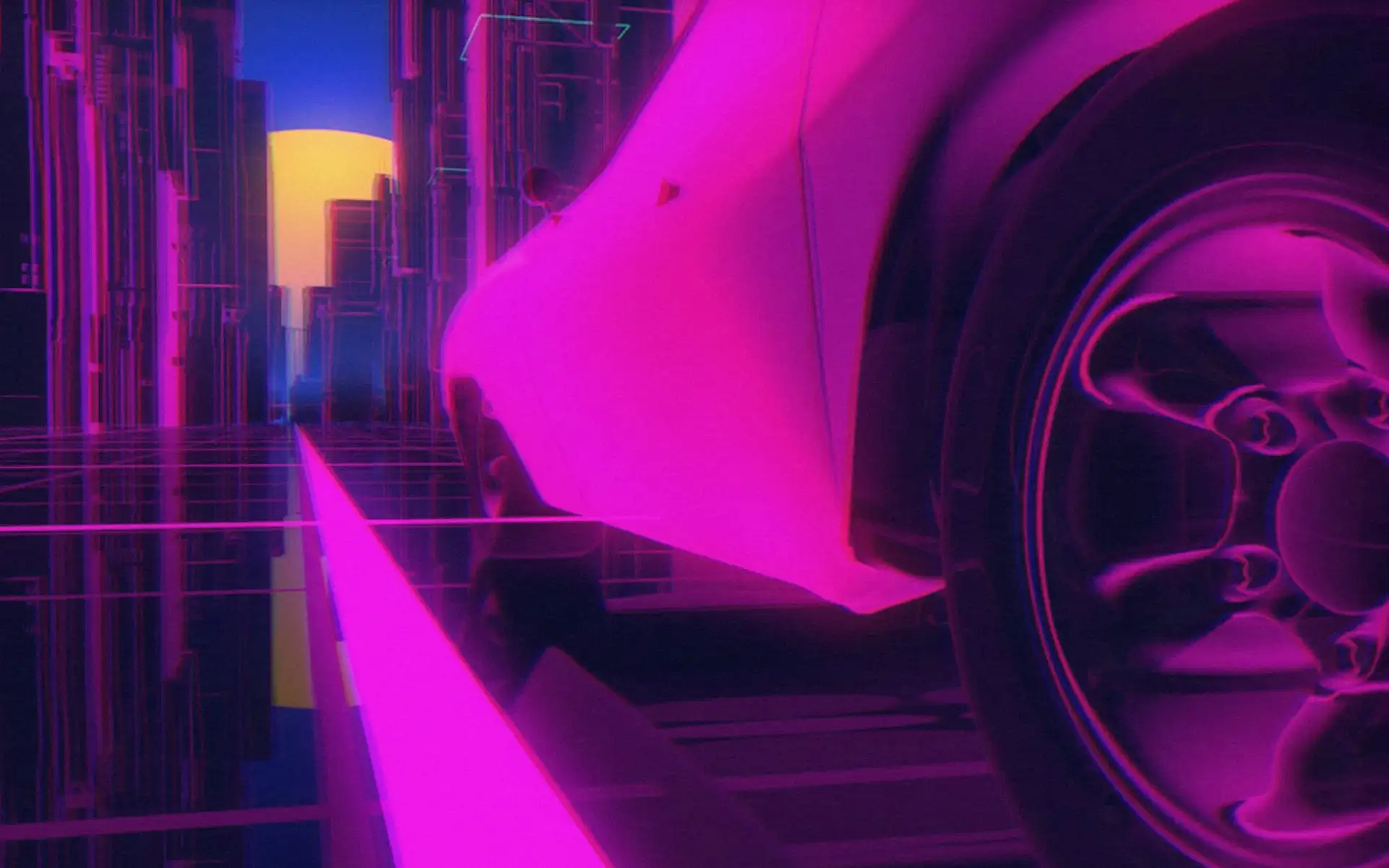
Animated videos are a refreshing way to spark an audience’s interest, and recently, the animation trend has been on a high roll. If you want to learn more about the animation process, get pro tips and tricks, and learn what non-copyrighted music and sound effects to choose for your animated videos – buckle up for this Q&A with professional animators Valentin and Erik.
Who are you, and what do you do?
My name is Valentin Prados; I’m a 27-year-old graphic designer from Mendoza, Argentina, currently living in Stockholm, Sweden. I work as a graphic and motion designer. In my free time, I love illustrating characters and anything that inspires me.
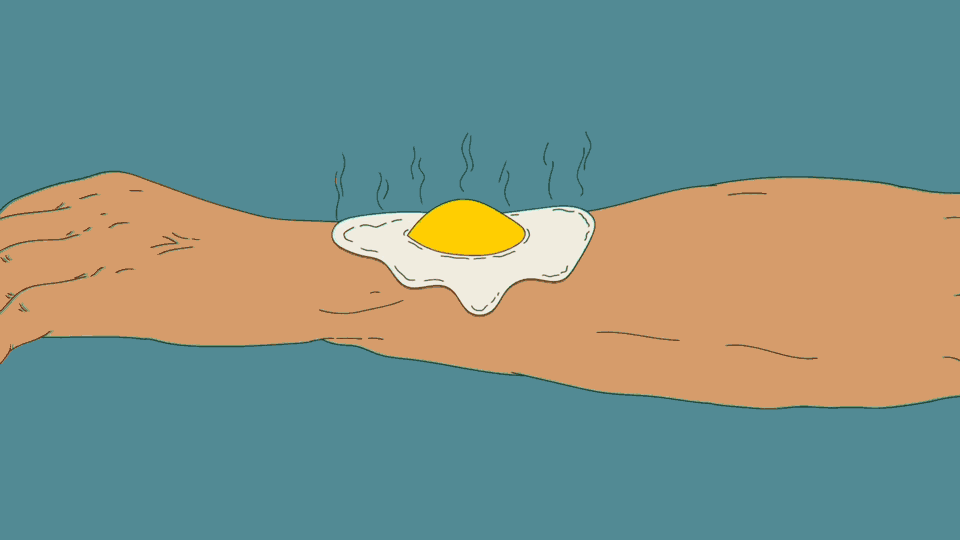
How did you get into animation?
Ever since I was a kid, I've always been interested in animation and video effects. I remember using PowerPoint's automation tools at eight years old to create animated stories, making my own characters, and even a plot! At 12, I learned After Effects by watching Videocopilot's tutorials (before YouTube existed). At 14, I started making music, so I stopped paying attention to animation for over a decade. A few years ago, I studied graphic design, and it was then when I decided to learn how to illustrate to complement it, which took me back into the animation world.
What’s so cool about being an animator 2020?
Well, 2020 made us all stay at home way more than usual. Being inside one’s house a lot can be frustrating, but those same feelings are the fuel to get my hands into drawing or animating things that inspire me. This past year, we all had way more time to learn new things, and I think that was an amazing opportunity that I hope nobody wasted on watching too many TV shows or movies! Don’t get me wrong, a bit of entertainment is never bad, but with YouTube (and the internet) – learning has never been this easy. That’s why 2020 was so cool in my opinion, not only for animators but for all creators.
What are your best tips for aspiring animators?
I believe that it’s crucial to learn the basics of animation (like timing, spacing, solid drawing, keyframing, etc.), which can be found by simply googling ‘animation basics’ or ‘principles of animation.’ Since one can find all the technical information online, my tip would be to practice! Over and over again. The more you practice, the better you get. By practicing and experimenting, you’ll also find your own unique style to stand out in a world full of creative people.
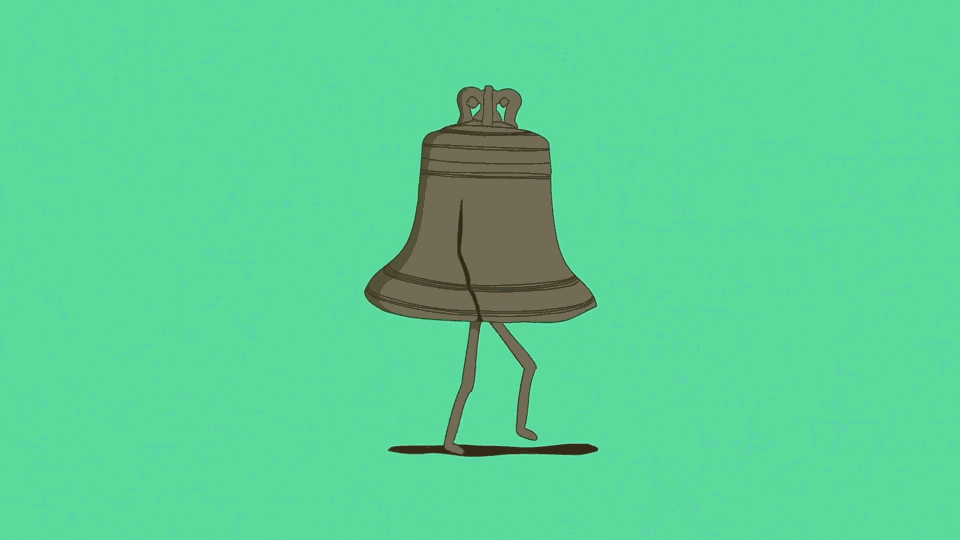
Can you describe your animation process, step by step?
It depends on the type of animation, the tools I use, and the kind of project. Here is a breakdown:
2D Illustrated Digital Animation (Frame by Frame):
- I try to roughly sketch out the idea I have in mind, to make sure it could work. Since animation takes such a long time, the wrong concept could lead to many hours of wasted work (if it’s in my free time, though, I don’t mind it, since this process helps me practice my skills. But at work, time is golden!).
- I design the characters I will be using and come up with some color palettes.
- I draw the most important poses of the scene that will be the pillars of the entire animation.
- I draw the main background to put the characters in the right context.
- I draw the in-betweens. First, I draw a breakdown of frames between the key poses; this way, I start creating more frames that define the character’s motion. Then, I do the same but in between all those breakdowns, filling all the frames needed. The more frames I add, the smoother the animation gets. At this point, I also sometimes add and delete frames depending on how it looks. Try and error is my best friend!
- When it comes to the background, I tend to copy-paste between frames and fix anything that needs to be changed. That saves a lot of time.
- Once the animation of the character is smooth, and I am happy with the result, I proceed to properly color it using the palettes I tried before.
- At this stage, I chose the right sounds and music to fit the video perfectly, along with voice overs, sound effects, etc. Music and sounds are very important since it’s what will make the whole project come alive.
- Final touches: I take the final result in After Effects, where I can loop parts, add filters or textures to make the illustrations stand out.
2D Motion Graphics:
The overall process is similar to the previous one. Some differences are the fact that I work with either vector graphics (Illustrator) or raster images (Photoshop) split into different parts that I can puppeteer individually later in After Effects. The animation is simpler than Frame to Frame, due to the fact that the software fills the in-between frames automatically.
3D Animation:
This one is similar to the process described in Motion Graphics, but with one difference: instead of working with vectors or images I work with 3D models (in either Cinema 4D or Blender). Sometimes I sculpt the models I need, but quite often in order to speed up the process, I buy other people’s models since it takes a lot of time to model and rig characters and objects by yourself.
Animation by Valentin Prados
Where do you find your inspiration?
I would say most of the time on Instagram, since I have it daily in the palm of my hand. But sometimes, I use other websites like Artstation to search for more professional artists and explore their catalogs individually. I also google certain animations or movies I like and explore the animators behind those creations.
What’s the best music to use for animation videos?
To answer this question, I think I can compare animations with filmed videos or movies. In movies, you choose the music or the score depending on the mood you want to set, energy level, and many other factors. The same scene can mean completely different things with different styles of music over them.
In animation, it works the same way. There is no specific type of music that works with any animation. For example, in very dynamic animations, interesting Sound Effects could be enough, while in slow and emotive animations, just a relaxing soundtrack could do the job perfectly. But again, it depends on the project. I love Epidemic Sound because I can search for both amazing music and sound effects in a very simple and efficient way.
What’s your favorite track from the Epidemic Sound library?
Ouch, hard question! I’ll go for the first one that came to mind, which is: Way Way Back (Acoustic Version) by Lvly, Megan Wofford. But to be honest, I love so many of Epidemic Sound’s songs. Anything from Xavy Rusan, Tilden Parc, Ooyy, Cospe, Gloria Tells, STRLGHT, Iso Indies... to name a few.
Who are you, and what do you do?
I’m Erik, and I work as an animator, motion- and graphic designer.
Do you use music to soundtrack your content, and if so, do you use Epidemic Sound?
It depends a lot on what I set out to create. For some projects, I like just using cool sound effects to add that extra oomph. For others, I find the best way is to start with a song that I really like. Either or, I like to use Epidemic Sound as it’s the perfect platform to add music to your content.
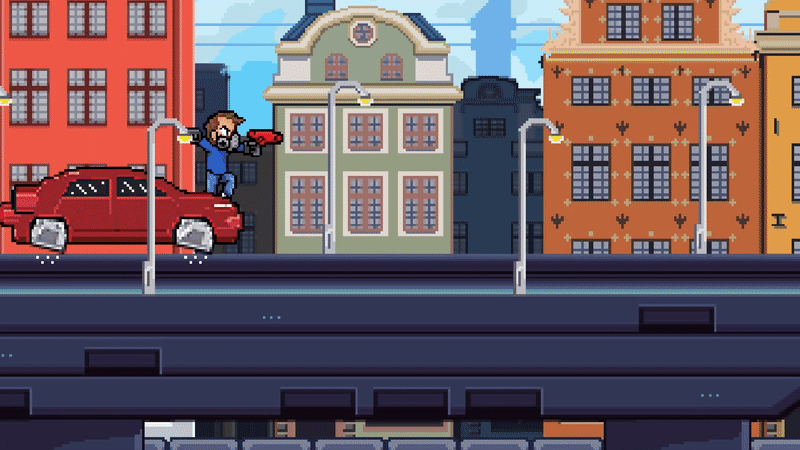
What does your process look like for finding the right music?
First of all, I want to find what mood I would want to create with my video, do I want to create something mysterious, epic, or just something relaxing and chill. For that, it’s always a good start to look into the mood categories that Epidemic Sound has. After that, I start listening to some songs, and I might try to find out what BPM I’m looking for. For example, if I want to create something epic I would probably search for a song with a very high BPM.
What are your best tips for aspiring animators?
I would say that it’s super easy to start out. For example, the most basic animation that I believe almost everyone has done in their life is the post-it-note flipbook, when you draw a little stick man doing something on each note and then flip through. From there, it’s just to keep on drawing and testing. Perhaps make the post-it-note animation on a bigger scale and start to learn the different software available for animators.
Since there are so many different ways to animate, it’s always good to try everything out until you find what makes you the most inspired. The next step is to find good tutorials; there are so many amazing people on YouTube who want to share their skills with the world. And after that, it’s always useful to find good courses or full-blown programs at schools that can help you establish yourself as a professional. But in the end, it’s all about passion, creativity, and time: lots and lots of time.
Can you describe your animation process, step by step?
In my current line of work, I spend a lot of my time creating music videos for artists so it usually starts with me getting what song to work with. After that, I listen to the song and try to write down what I envision in my head as I listen. From there, I create a storyboard, try to find a story that would fit the mood and words of the song: what is the artist trying to say with the song? This step is usually done in close contact with the artist. When the storyboard is set I can start the production by illustrating all the elements being used in the animation. Depending on the style, this could mean that all frames need to be drawn. If I work in 3D, I create all the elements and then animate them using keyframes. When I’m happy with the look of all the animations, I start the post-production by working with filters, color correction, etc. to make it perfect.
Animation by Erik Svensson
What’s the best music to use for animation videos?
If I want to create a very specific animation that follows a storyline, I find that songs with a lot of emotion and vocals can be useful. Simultaneously, if I want to create something abstract, I find weird songs with a lot of sound effects are perfect.
What’s your favorite track from the Epidemic Sound library?
I would say that right now; it’s Draco by Sarah, The Illstrumentalist. I love relaxing lo-fi music since it’s perfect to create lo-fi inspired animations. I am also always partial to electronic music with lots of bass, so the music from artists like Jake and Jake is always enjoyable.
Do you have any favorite animators, and if so, who are they?
I have so many! But some of them are beeple_crap, who is an amazing 3D artist and animator; rafa_varona, who creates fantastic 2D animations; brandonjamesgreer, who creates these lovely little pixel art creations, and fergemanden who creates very disturbing but absolutely amazing 3D animation and simulations.
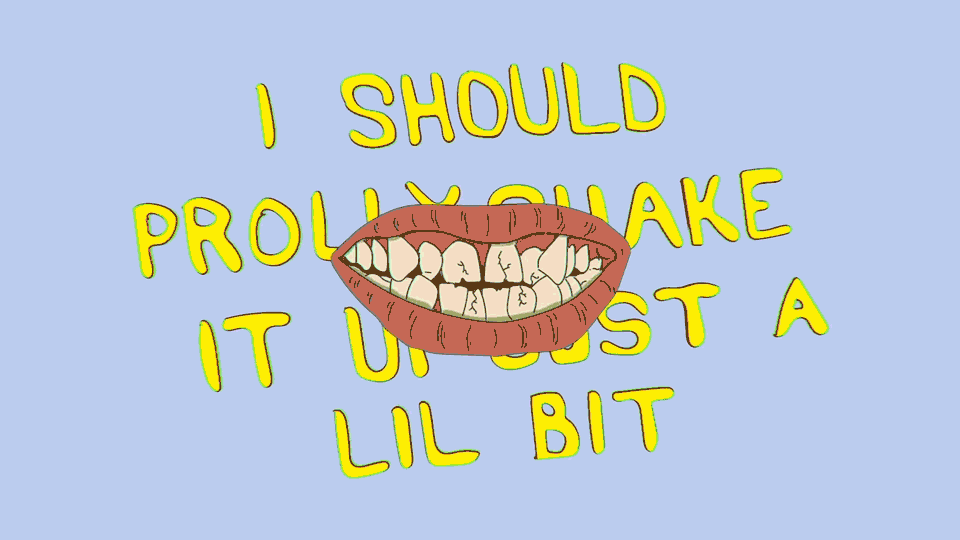
Do you need to be a skilled illustrator to be a good animator?
Not really, in my opinion – even though it obviously helps. I would say that the utmost important part of animating is creativity, the willingness to try new things and to spend a lot of time to get better and better. After that, in whatever medium you prefer – there are always ways to create animations. Photo, 3D, modeling with clay, papercraft, traditional drawings, digital illustrations, creating characters out of cloth, whatever you choose – you’ll be able to create animations!
We hope Valentin and Erik managed to inspire you to go out and create some epic animations yourself! And when it’s time to add background music to your animated video, look no further than the Epidemic Sound catalog of more than 50,000 tracks and 200,000 unique sound effects and variations. We even have some albums made explicitly for animated videos; check them out:
Indie Animation
Epic Animation
Anime
Want to use great music for your content but haven’t got a subscription? Sign up below.

If you’re curious to see more of Valentin’s and Erik’s work, check out their Instagrams below.
Related posts:

